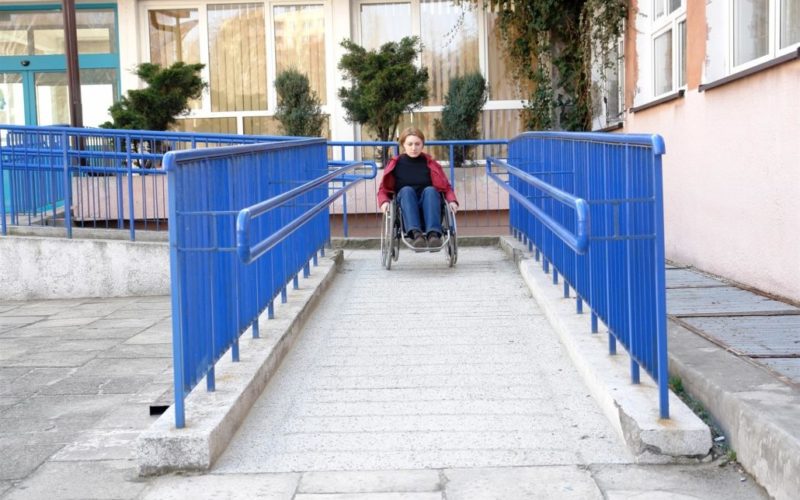Handicap ramps give those with limited mobility access to buildings and spaces within buildings where wheelchairs otherwise couldn’t go. Without a ramp, any elevation change that requires stairs or steps is an insurmountable obstacle to someone who is wheelchair-bound. If someone in your family or company loses mobility, you may find yourself needing to install handicap ramps at your home or small business. If you’re feeling overwhelmed at the prospect, you can (and should) get help from industry experts. But in the meantime, here are 3 little-known facts about ADA-compliant handicap ramps.
1. ADA Compliance Isn’t Required at Home—But Check Local Codes
If you need a ramp at home, you might think following ADA guidelines is required. Actually, it’s not. Experts (including those at Lowes) note that your HOA or local municipality may have rules in place governing home handicap ramps, so be sure to look into those. But at home, the ADA standards are merely suggestions. It’s usually still best to follow them, but no federal government inspector is coming to check your work.
2. Ramp Width and Landing Width Requirements Don’t “Match”
ADA guidelines require that ramps must be at least 36 inches wide. You might assume, then, that the landing (the area at the base of the ramp) must also be 36 inches wide. But that’s incorrect. The landing must be five feet square (that is, five feet long and five feet wide). Visualizing the movement of a wheelchair user might help explain why the difference. Generally, users will go straight up or straight down the ramp. But at landings they need greater room to turn.
Bonus tip: This landing requirement holds for both ends of the ramp and may apply to intermediate spaces on switchback ramps.
3. 1:12 Ratio Isn’t the Whole Story
If you haven’t seen it yet, you’ll soon see reference to a 1:12. This means a 1 inch vertical rise for every 12 inches of ramp. According to the United States Access Board, this is the maximum running slope allowed (according to section 405.2 of the Standards). However, that’s not the end of the story.
First, this organization provides a clear recommendation of using the “least possible slope below the 1:12 (8.33%) maximum.” 1:12 will still prove difficult for some users, so anything lower than that (say, 1:20) is preferable, where space allows.
Second, for short ramps in locations where space is limited, the 1:12 rule may be ignored. The max changes to 1:10 for a ramp with a 6-inch max rise and 1:8 for those with a 3-inch max.
These little-known tips can help you gain a better understanding of what the ADA standards entail. For more help, contact experts like those at ADA solutions.











